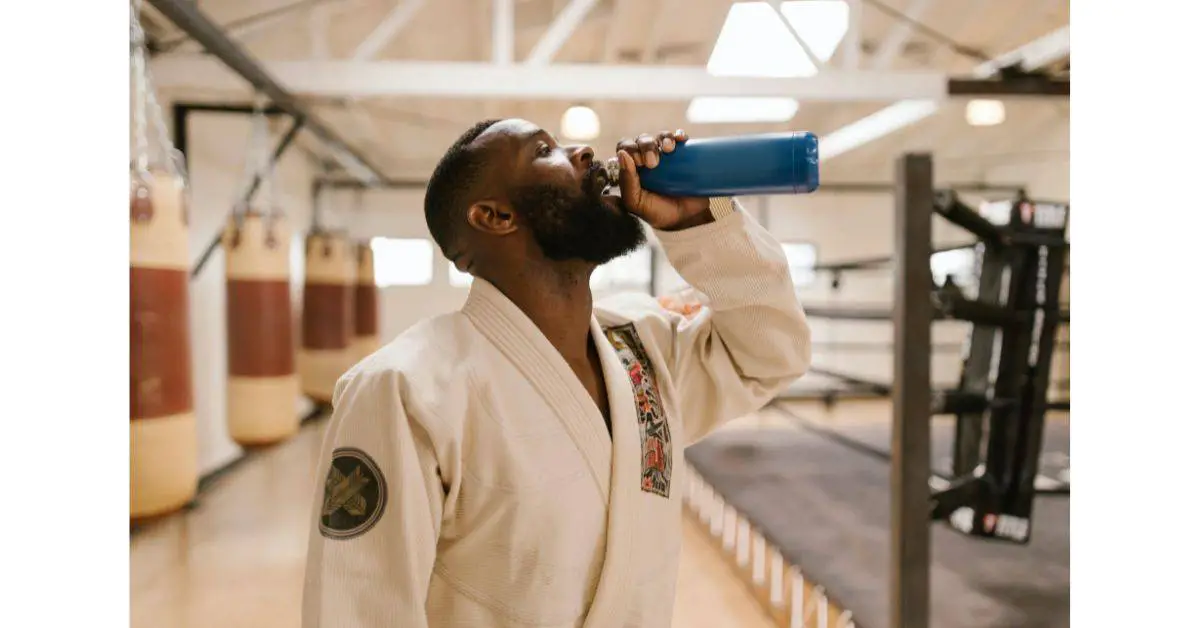Brazilian Jiu-Jitsu is a grappling combat sport that emphasizes intermittency. This means that during bouts, actions of varying intensities—high, moderate, and low—are interspersed, necessitating a high degree of conditioning to enable peak performance throughout the battle. The number of matches played may rise to six or seven during a competition day.
The National Library of Medicine studied the Brazilian Jiu-jitsu athletes’ physiological and physical characteristics in this systematic review. These were some conclusions:
Body fat is often minimal for these athletes, and the meromorphic component dominates. Maximal dynamic, isometric, and endurance strength can be associated with sporting success in Brazilian Jiu-Jitsu athletes.
Although muscular strength plays a significant role in decisive actions during Brazilian Jiu-Jitsu matches, a more in-depth research is required to understand it fully. In addition, this needs further research to analyze whether there are differences between gender, belt ranks, competitive level, and among the different weight categories for other variables.
The fact remains that Jiu-Jitsu has numerous physical benefits, which we will list below. For an in-depth review of the research conducted, go here.
#9 – Losing Weight
Jiu-Jitsu is an excellent whole-body workout. You’ll notice that you sweat A LOT after your first roll. Your movements cause you to burn a lot of calories. You use almost all of your body’s muscles!
You are entirely preoccupied with either defeating your opponent by utilizing the strategies you have just learned, or only surviving to the end of the game. BJJ is undoubtedly an excellent way to exercise and lose your weight goals if you’re sick of using a treadmill or find lifting weights boring.
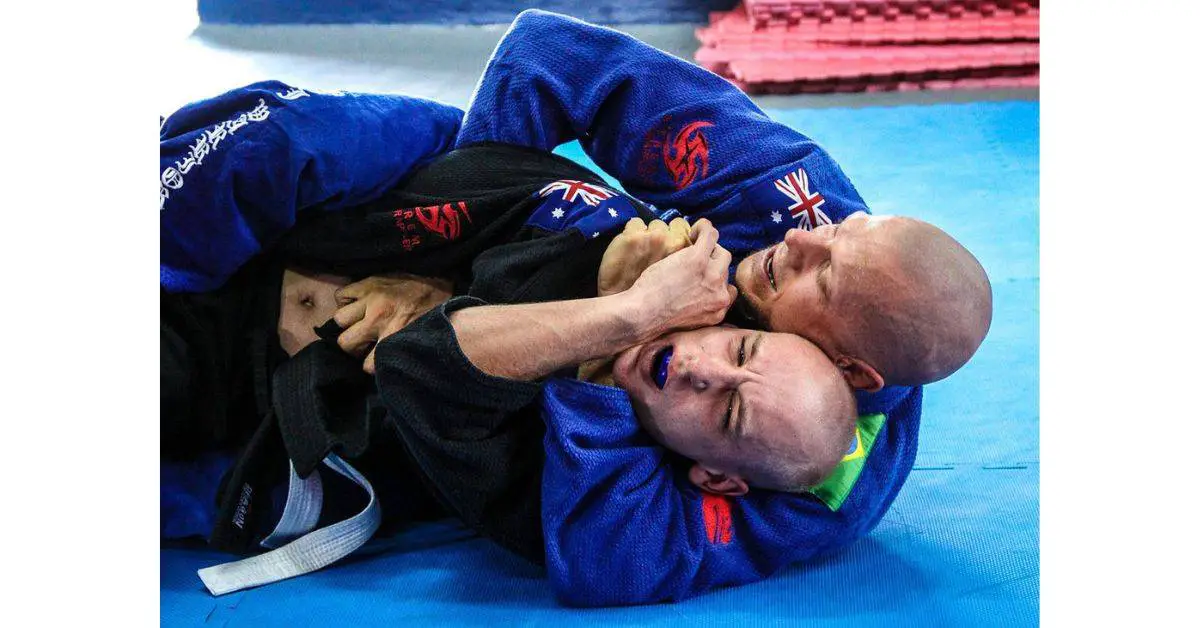
In a regular Brazilian Jiu-Jitsu lesson, you can burn many calories, which will accelerate your progress toward your fitness objectives. Brazilian Jiu-Jitsu is also simpler to maintain consistency with than many other types of workout.
You’re more likely to persist with your workouts if you enjoy them.
If you want to learn more about BJJ and whether it’s effective for self-defense, follow the link to an article of mine.
#8 – Burning Calories
According to science, reducing weight necessitates consuming fewer calories than you expend. Every pound of excess body fat corresponds to about 3,500 to 2,500 extra calories you took but did not use up.
As a result, to lose a pound of stubborn fat, you must burn an additional 3,500 calories than you ingest in a particular amount of time. Known as a “caloric deficit,” a fancy way of saying that you must expend more energy than you take in. You can read up on the research that links calories to weight loss and physical activity better in detail here:
Maintaining a calorie deficit for a long time to achieve steady weight loss is challenging. Suppose you consume large servings of snacks or sweets after meals. You are acting biologically, and this is where BJJ comes in; BJJ burns calories.
You already know how physically demanding it is to roll live if you’ve taken your first BJJ class. That level of intensity causes significant calorie burning.
You can anticipate burning between 700 and 1000 calories during an ordinary 1.5-hour lesson, including warm-up, technical instruction, and live-to-roll.
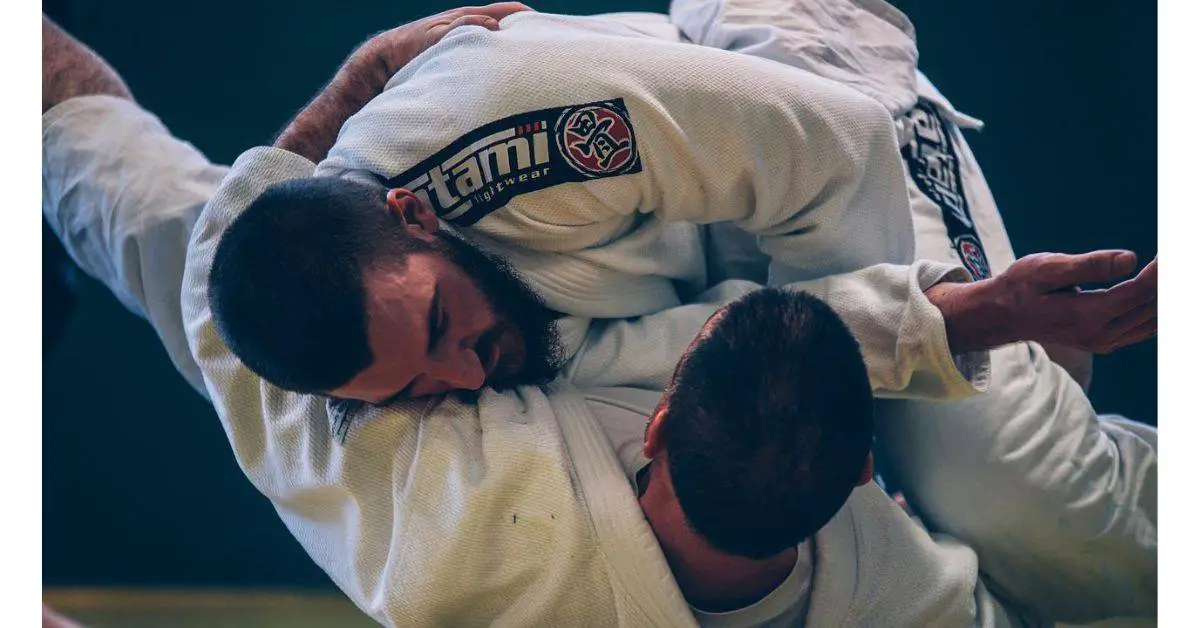
With no additional exercise or dietary modifications, you are training BJJ three times per week, resulting in a weekly calorie loss of 2100–3000 below your baseline. You burn between 2100 and 3000 fewer calories per week than you would without BJJ when you practice it three times per week with no other activity or dietary modifications.
BJJ is a lifelong adventure and long-term quest; with BJJ training alone, you might lose between 25 and 45 pounds annually.
BJJ lessens leisure time spent eating. Without considering BJJ’s other weight loss advantages, these tiny habit changes from practicing BJJ over time result in a substantially lower calorie intake.
If you practice Jiu-Jitsu, you won’t eat as many unhealthy things during the day. BJJ offers numerous immediate advantages for participants to lose weight and keep it off, but it is not a magic cure for obesity.
#7 – Flexibility and Agility
Flexibility improvement is one of the most important ways BJJ impacts a practitioner’s physicality. Of course, flexibility is a crucial skill in martial arts, particularly in grappling, where one needs to be limber for the body to adjust to any circumstance.
Even though matches start standing up, BJJ always ends mainly on the mat. Although flexibility is a prerequisite for success in any martial art, BJJ relies on it. You can hone your body’s flexibility and limberness by engaging in various BJJ drills, stretches, and exercises.
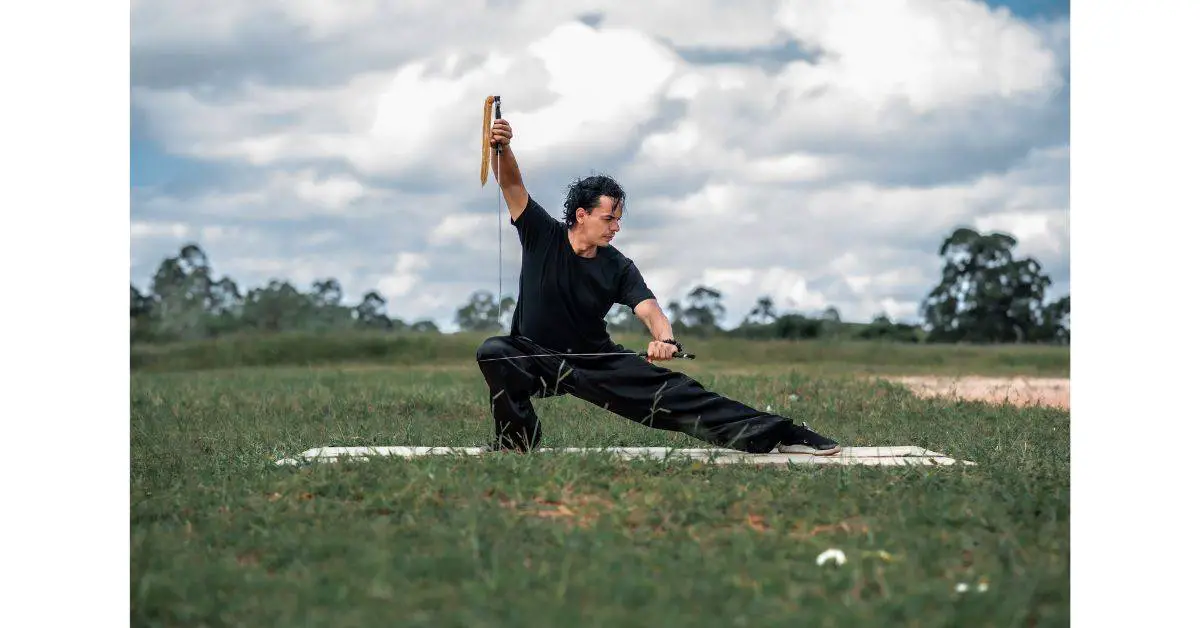
Your ability to move more effectively after a few months of Jiu-Jitsu also results from agility gains, similar to developing flexibility. Students of martial arts who are agile can move and respond more swiftly. Martial arts are an excellent method to maintain or enhance this fitness characteristic, as agility might start to deteriorate with age.
You can generally use more techniques and combinations the more you can stretch. You become a better athlete as you increase your flexibility. Your performance in other martial arts styles, such as Boxing or Muay Thai, will be significantly impacted by this. Flexibility training is essential for any athletic sport.
#6 – Balance and Coordination
Brazilian Jiu-Jitsu continuously tests your balance by warm-up exercises like hopping and jumping and training activities like sumo and one-legged wrestling.
The secret to developing any physical skill is exposing it to progressively more complex challenges.
It’s often rewarding for Jiu-Jitsu coaches to see a student who, on their first day of practice, was falling over while standing on one foot finish a hopping race or keep their balance while someone is trying to throw them.
Excellent coaches prioritize teaching the sport’s core techniques first. A football coach won’t ask a young or new player to curl a shot into the top corner on the first day of practice.
He’ll concentrate on an easy pass or control movement. The same is true for teaching Jiu-Jitsu’s techniques of falling, moving around the mat, and other skills before the more complicated techniques.
You also strengthen your core and center of gravity by practicing takedowns.
Takedowns are a crucial component of Brazilian Jiu-Jitsu and are very helpful for enhancing your center. In BJJ, balance is essential for getting your opponent down. These benefits also apply to kids; BJJ helps kids and adults who train to improve their sense of body awareness, and the training enables you to develop balance and coordination.
#5 – Strength Gain
Brazilian Jiu-Jitsu can help you gain strength and build muscle, in addition to helping you burn calories and lose weight. It requires the utilization of every muscle in the body, which is the best total-body exercise and doesn’t overlook any muscle area.
Brazilian Jiu-Jitsu training also increases your chance of noticing changes in other types of exercise. For instance, if you lift weights, you might discover that you can lift more weight than before because you engage in much more strength training outside your regular lifting sessions.
If you want to train BJJ at home, I encourage you to buy a grappling dummy. Follow the previous link to figure out which are the best grappling dummies for your money. Additionally, follow the next link to learn how to fill them correctly.
#4 – Sleep Quality
You’ll probably discover that you have no trouble falling asleep after your head touches the pillow; once you get going with Brazilian Jiu-Jitsu lessons for a while.
Regular exercisers experience better sleep than non-exercisers in terms of amount and quality. Taking up Brazilian Jiu-Jitsu can be just what you need if you have trouble sleeping or don’t feel as refreshed as you’d want.
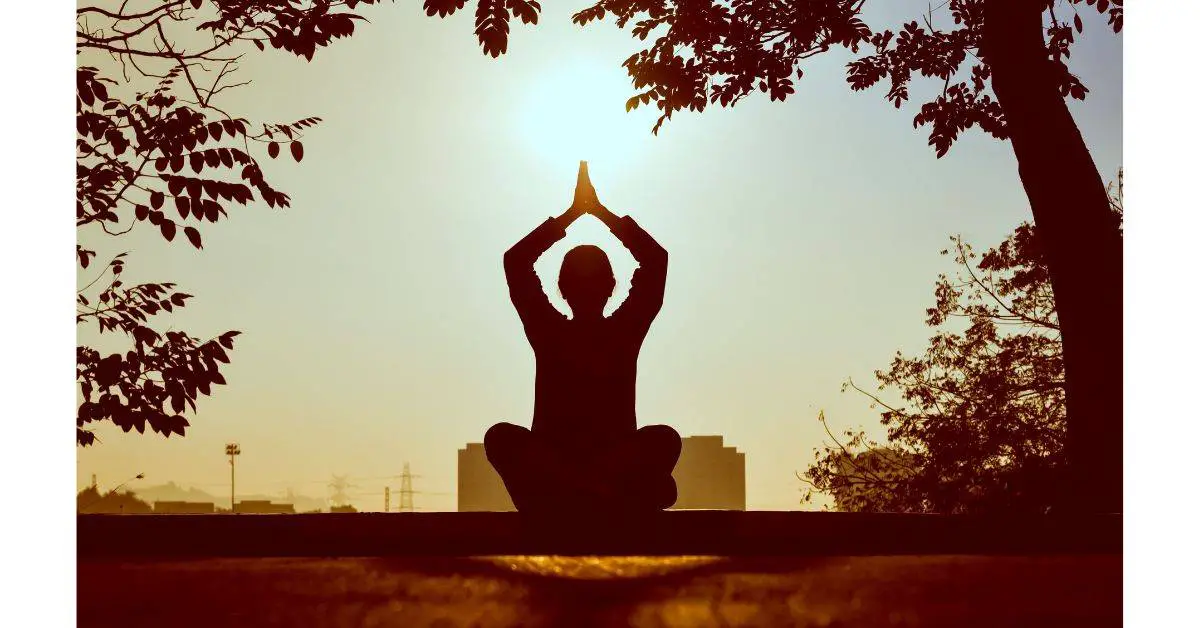
First, physical activity makes you tired, so you want to sleep at bedtime. Brazilian Jiu-Jitsu is beneficial in this regard because it exercises both the body and the mind.
#3 – Aerobic and Anaerobic Endurance.
BJJ is a martial art that heavily utilizes aerobic and anaerobic energy systems. Athletes can play with a high level of intensity when they have high levels of aerobic power, endurance, and capacity.
Brazilian Jiu-Jitsu (BJJ) is a high-intensity combat sport that alternates between short bursts of arduous anaerobic exertion and longer bursts of aerobic activity.
While aerobic metabolism helps to maintain high-intensity actions during the bouts, providing speedier recovery between them, anaerobic metabolism has a specific role in BJJ and Judo for supplying brief and quick bursts of energy for attacking, defending, and counter-attacking.
Although, research shows that the present study’s results indicate that BJJ-simulated fights necessitate a sizable anaerobic ATP supply contribution. Meanwhile, BJJ-simulated battles have no adverse effects on acute neuromuscular performance (muscle power). (Source)
Scientists studied the Anaerobic profiles of Brazilian Jiu-Jitsu athletes in this research.
The studies show that anaerobic power and capacity represent the ability to produce and sustain a high-intensity performance over seconds that Brazilian Jiu-Jitsu athletes can prolong up to a few minutes.
Additionally, anaerobic capacity, endurance, and power are responsible for maintaining a high-intensity intermittent performance in which critical sporting actions depend on movement and potent movements.
Brazilian Jiu-Jitsu athletes provided peak and mean power measurements above the excellent range for healthy individuals. Here’s the research in detail.
#2 – Jiu-Jitsu improves bone density
Stronger bones, which are less likely to break in the event of falls or injuries, result from higher bone density.
Exercises in Jiu-Jitsu classes stress dynamic movements. The fact is that these regular exercises and active activities are necessary to increase bone and muscle density. These activities considerably reverse the effects of aging on elders, which exercise the muscles needed for walking and balancing.
Here’s a study that explains this in detail.
#1 – BJJ Changes Your Body
BJJ is a full-body, high-intensity workout. Brazilian Jiu-Jitsu training has numerous psychological and physical advantages. Your body will alter over time if you begin and maintain a regular exercise regimen. Although this transformation is generally good, there are certain drawbacks, such as injuries, you need to have in mind.
You develop strength with BJJ without ever picking up any dumbbells. BJJ involves a lot of grappling, strengthening your entire body, and giving you full-body exercise. It’s not unusual for some BJJ practitioners to incorporate weightlifting into their regimens. However, you can gain enough power only from practicing this martial art.
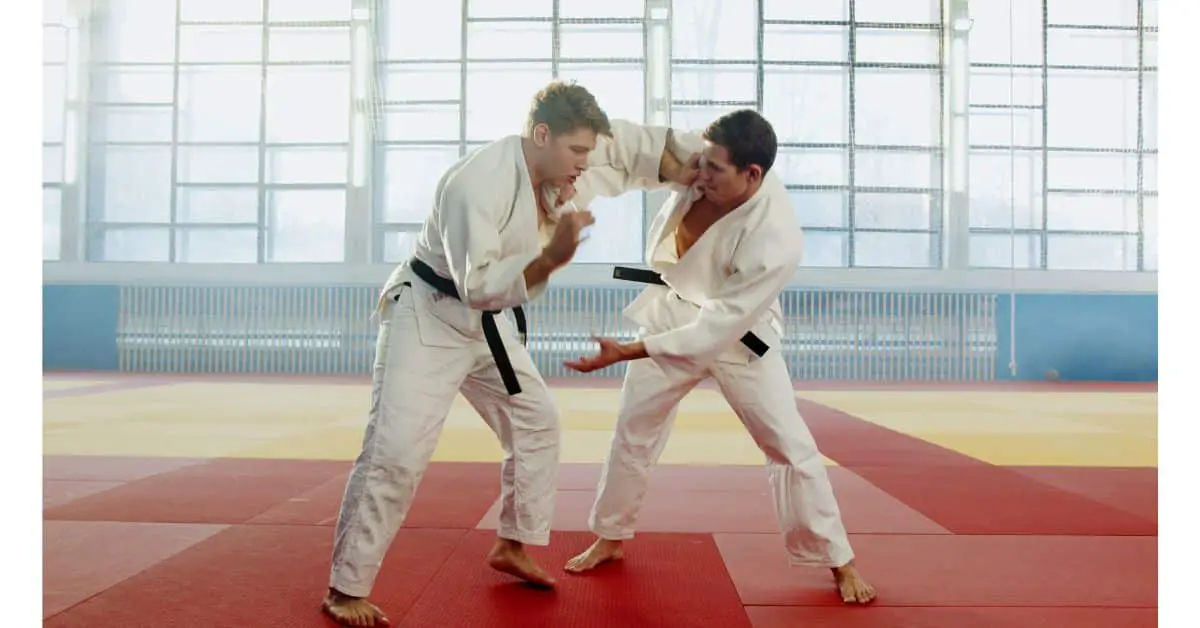
Jiu-Jitsu regular exercises significantly impact the body. Your body must adjust to the training regimen, whether you’re learning to ride a bike or engage in martial arts. You use some body parts frequently more than others in grappling techniques.
For instance, a Jiu-Jitsu athlete uses the neck and forearm muscles more than the biceps. The afflicted muscle groups will grow and get more potent as a result. The necks of grapplers are frequently enormous because, throughout training, they often defend against chokes.
Additionally, GI training will strengthen and thicken your hands and increase your hand grip strength.
For those wanting to learn more about how BJJ change your body, follow the link to learn more.
Does BJJ make you muscular?
Highly muscular BJJ practitioners are winning titles as BJJ develops as a professional sport and the prize pools grow. The usual slender BJJ body has changed into the various muscular ones we see today due to having more time to train and sometimes “special supplements.”
BJJ doesn’t satisfy the necessary conditions for muscular growth, including significant mechanical tension levels and metabolic stress. It doesn’t make you muscular. Lifting weights is essential if you want to develop muscle for BJJ.
BJJ does not significantly increase muscle mass since it does not adhere to the necessary conditions that promote muscle growth. That is metabolic stress as well as mechanical tension.
Jiu-Jitsu may not make you muscular, but it increases your muscular endurance. In a scientific study, elite practitioners of Brazilian Jiu-Jitsu have exceptional endurance in their upper body and core muscles.
Final words
With these physical benefits, you may have realized the point why BJJ is considered a great martial art. Brazilian Jiu-Jitsu is the best martial art, but there are more benefits to the BJJ technique than simply the ones described above. Let me explain. BJJ is frequently referred to as a type of grappling or self-defense involving hitting, kicking, and blocking.
However, it goes beyond that, particularly when you discuss identifying non-violent methods that can subsequently assist someone.
A person can protect themselves in any situation using BJJ without needing a weapon. Gaining body control is the most important thing for the beginner. Once they are comfortable with that, the tutors then teach them a variety of methods that they can use to force their opponent to submit.
If you enjoyed reading this article, I encourage you to read about the five uses of BJJ.
References
- https://journals.lww.com/nsca-jscr/Fulltext/2010/10000/The_Mechanisms_of_Muscle_Hypertrophy_and_Their.40.aspx
- https://journals.lww.com/nsca-jscr/Fulltext/2015/10000/Effects_of_Low__vs__High_Load_Resistance_Training.36.aspx
- https://rdcu.be/cVpl9
- https://journals.lww.com/nsca-scj/Fulltext/2012/04000/Strength_and_Conditioning_for_Brazilian_Jiu_jitsu.11.aspx
- https://sportsmedicine-open.springeropen.com/articles/10.1186/s40798-016-0069-5#citeas

